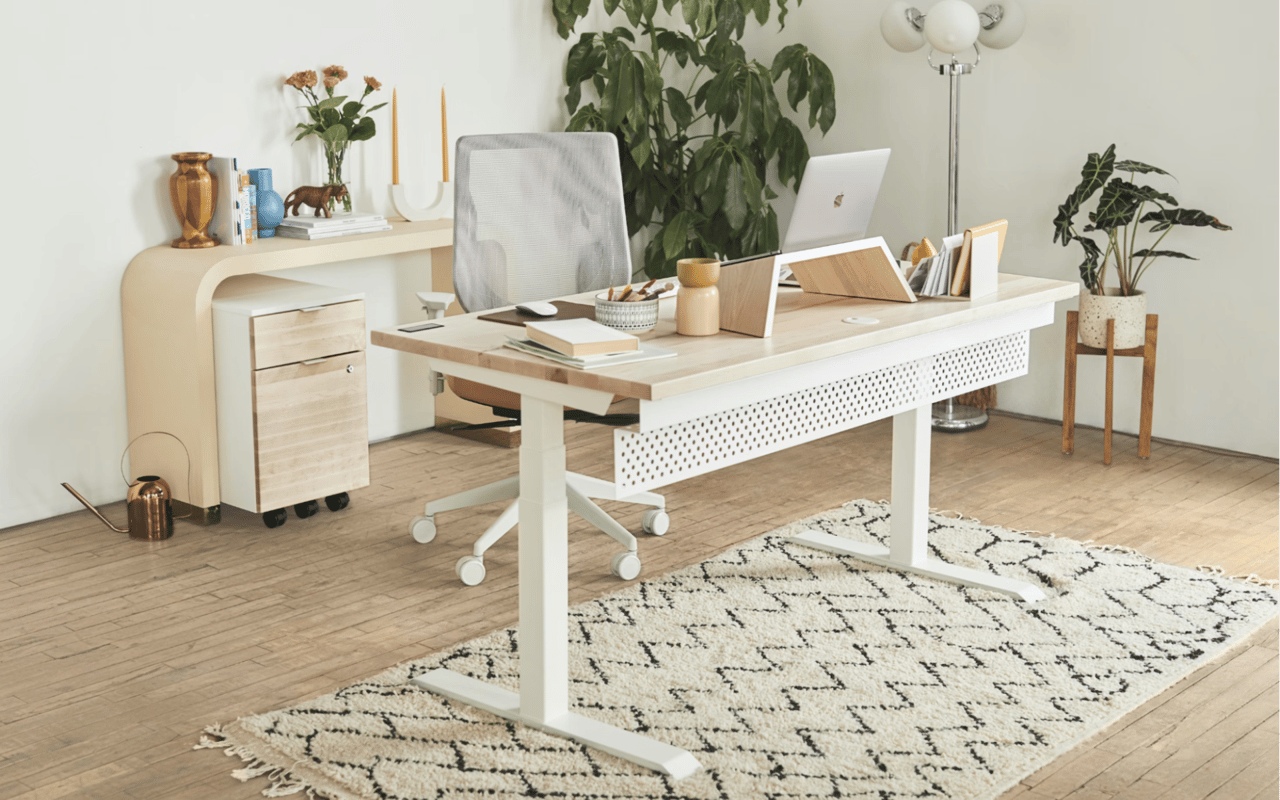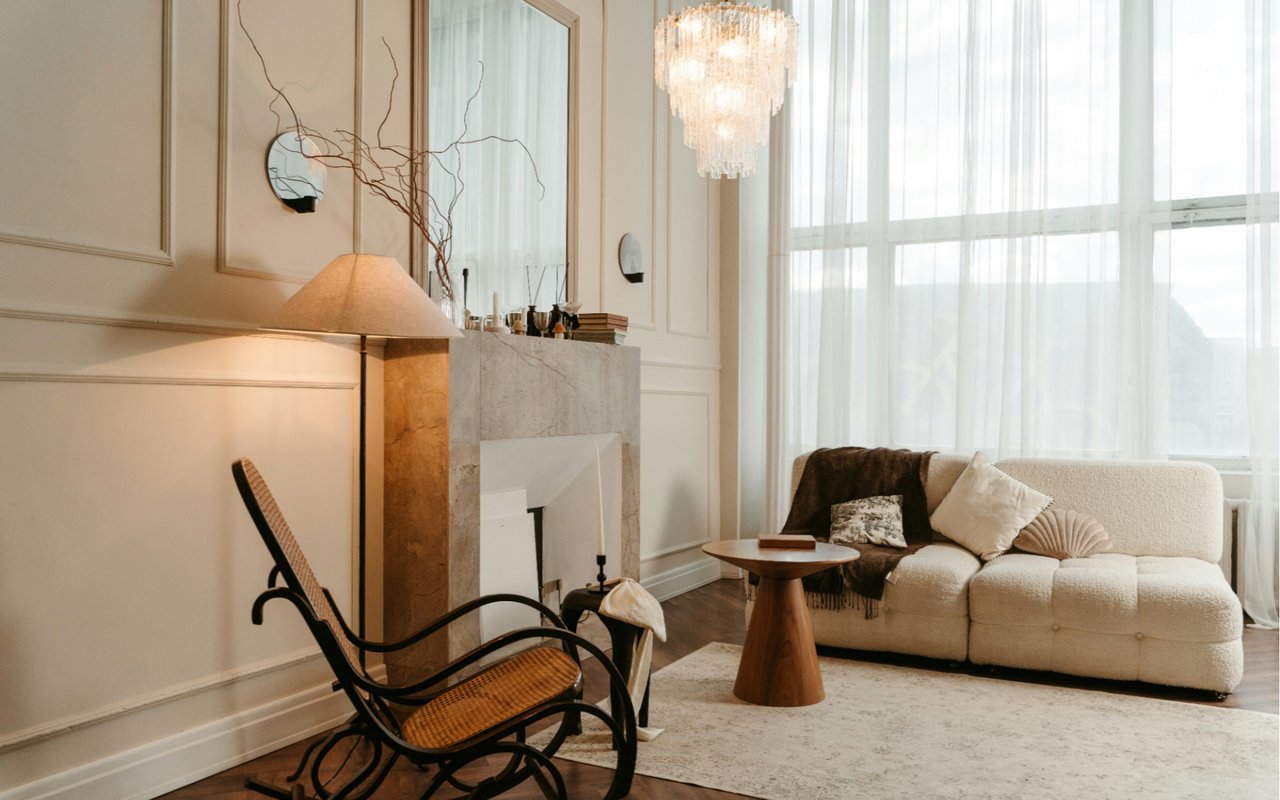When buying a new space, you want the keys, the comfort, and the convenience, without months of contractors, dust, and design choices. A move-in ready home promises exactly that. The question is whether that promise lines up with your budget, your timeline, and how particular you are about finishes and floor plans.
This guide will walk you through what “move-in ready” really covers, where the premium comes from, how to weigh it against renovation costs, and the decision points you should run through to make the right choice.
What Move-In Ready Really Means
The term “move-in ready” means much more than just freshly painted walls. Move-in ready typically means that the big-ticket systems function properly, cosmetic elements are updated, and you can live in the space on day one without taking on extensive work.
These homes often feature recently remodeled kitchens and bathrooms, new or well-maintained flooring, fresh paint, modern lighting, and appliances that are in excellent working condition. Structural elements, such as the roof, HVAC, plumbing, and electrical systems, are generally in good shape and up to current code.
However, this term can sometimes be used loosely. While a home may appear updated, you still need to confirm the quality of the work. Did the upgrades include essential improvements to major systems, or were they purely cosmetic? A home may look perfect at first glance but still have underlying issues if the updates were done quickly. It is essential to verify these details during inspections and walkthroughs.
These homes often feature recently remodeled kitchens and bathrooms, new or well-maintained flooring, fresh paint, modern lighting, and appliances that are in excellent working condition. Structural elements, such as the roof, HVAC, plumbing, and electrical systems, are generally in good shape and up to current code.
However, this term can sometimes be used loosely. While a home may appear updated, you still need to confirm the quality of the work. Did the upgrades include essential improvements to major systems, or were they purely cosmetic? A home may look perfect at first glance but still have underlying issues if the updates were done quickly. It is essential to verify these details during inspections and walkthroughs.
The Premium You Pay For Convenience
Move-in ready homes often cost more than comparable properties that require some level of updating. After all, you are buying time, predictability, and reduced decision fatigue. This premium reflects not just the cost of the renovations but also the convenience of avoiding a lengthy, often stressful remodeling process. The seller has already invested in making the property appealing, and buyers are willing to pay extra for the opportunity to move in without lifting a hammer or a paintbrush.
Think about the time and stress that renovations require. Hiring contractors, waiting for permits, dealing with unexpected repairs, and living in a construction zone can take a toll. The price difference for a move-in ready home often accounts for the time, energy, and unpredictability you can avoid by purchasing a home that is fully prepared for occupancy. While this premium might seem steep, it may be justified if your schedule or lifestyle doesn’t allow for major projects after closing.
Think about the time and stress that renovations require. Hiring contractors, waiting for permits, dealing with unexpected repairs, and living in a construction zone can take a toll. The price difference for a move-in ready home often accounts for the time, energy, and unpredictability you can avoid by purchasing a home that is fully prepared for occupancy. While this premium might seem steep, it may be justified if your schedule or lifestyle doesn’t allow for major projects after closing.
The Costs You Still Need To Budget For
That said, buying a move-in ready home does not mean you are completely done with spending once you close. There will still be additional costs to make the property truly feel like your own. For instance, you may want custom window treatments, upgraded fixtures, landscaping improvements, or decorative touches that align with your personal style. Even something as simple as swapping out light fixtures or adding custom shelving can add up quickly.
Additionally, you will still face standard homeownership expenses, such as property taxes, routine maintenance, and potential homeowners association (HOA) fees. Budgeting for these expenses upfront ensures you are not caught off guard later.
Additionally, you will still face standard homeownership expenses, such as property taxes, routine maintenance, and potential homeowners association (HOA) fees. Budgeting for these expenses upfront ensures you are not caught off guard later.
When Move-In Ready Can Save You Money
While the initial price of a move-in ready home is higher, it can save you money in other ways. Consider the costs and headaches associated with renovating a property. Beyond the price of materials and labor, you need to account for temporary housing, storage fees, and even missed work if you are managing a project yourself. A move-in ready home eliminates these expenses and allows you to settle into your new space faster.
For buyers relocating for work, move-in ready properties can be a financial lifesaver. Being able to close quickly and avoid renovation delays can help you transition smoothly, which means less time paying rent or maintaining two properties.
For buyers relocating for work, move-in ready properties can be a financial lifesaver. Being able to close quickly and avoid renovation delays can help you transition smoothly, which means less time paying rent or maintaining two properties.
How To Decide If The Premium Is Worth It
To make an informed decision, compare the total cost of buying a move-in ready home with the cost of buying a less expensive property and renovating it. Receive detailed renovation estimates, including labor, permits, design fees, and unexpected costs. Factor in your time and the stress associated with managing a renovation project. Then, compare that total with the price difference for a move-in ready option.
If the gap between the two options is small, a move-in ready space may be worth it. On the other hand, if the premium is significant and you are comfortable taking on renovations, you could create a more personalized space while saving money in the long term.
If the gap between the two options is small, a move-in ready space may be worth it. On the other hand, if the premium is significant and you are comfortable taking on renovations, you could create a more personalized space while saving money in the long term.
Inspections Still Matter
Even if a home is move-in ready, the inspection is essential. A professional inspector can uncover hidden issues behind the fresh paint and shiny fixtures. For example, the roof may look fine but have underlying damage, or the plumbing might have outdated materials that need replacement. A thorough inspection provides peace of mind and helps you avoid unexpected costs after you move in.
Choose Convenience With Clarity
In the end, a move-in ready home offers simplicity, speed, and comfort from the moment you step through the door. Even so, that convenience comes with a price tag that you must weigh carefully against your long-term goals and personal preferences. Whether you choose a ready-to-go home or a property that needs a personal touch, the key is making a decision that supports your lifestyle, budget, and future plans.
Are you hoping to find your perfect home in Southampton? Harald Grant brings unmatched market expertise to the table. Whether you are searching for a move-in ready property or a residence with renovation potential, Harald will guide you through every step of the process.
Are you hoping to find your perfect home in Southampton? Harald Grant brings unmatched market expertise to the table. Whether you are searching for a move-in ready property or a residence with renovation potential, Harald will guide you through every step of the process.



